2022 2023 – Nightjar
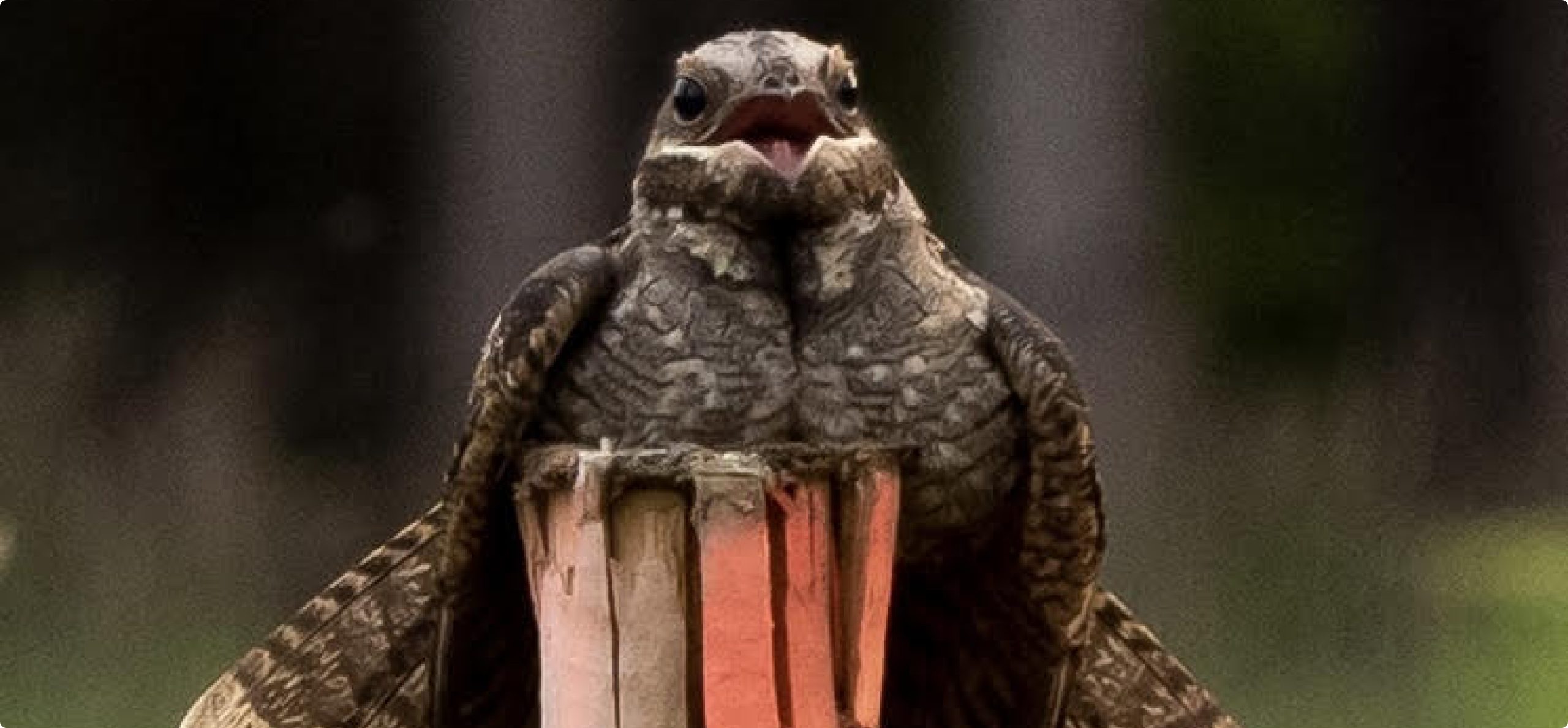
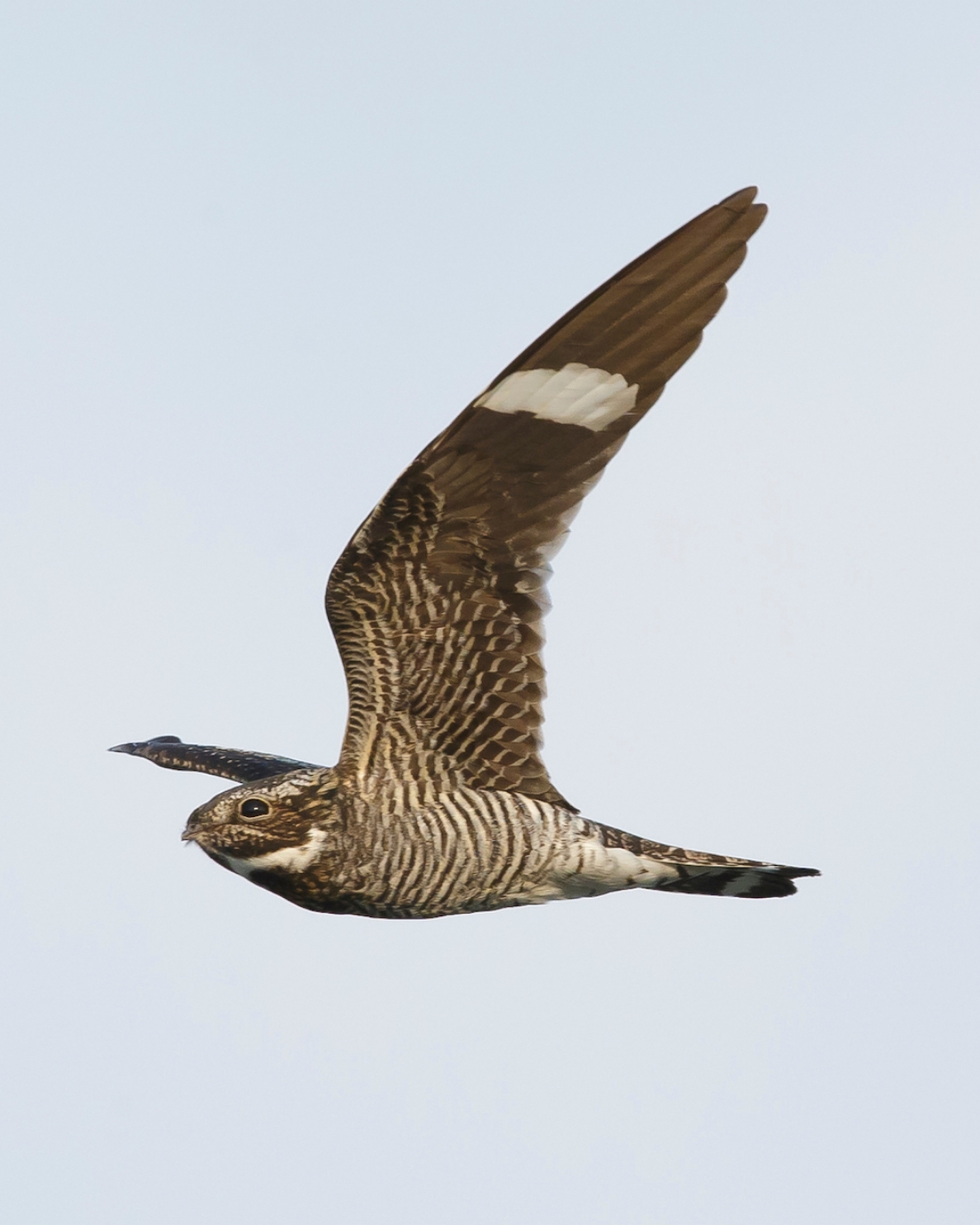
Artful Migration
2022-2023 – Nightjar
The Artful Migration residency programme 2023 offered artists a unique insight into the migratory birds of Dumfries & Galloway through partnership working with local nature reserves and the opportunity to create new, high-quality artworks in response for public display. MSD continued to work with Upland as the main partner and, in 2023, welcomed new project partners: Forest and Land Scotland and RSPB Scotland.
https://www.weareupland.com/projects/artful-migration-residency-programme-2023
The 2023 artist in residence programme focused on the elusive nightjar in partnership with Forest and Land Scotland (FLS) and RSPB Scotland. The residency was awarded to Leeming & Paterson, whose work explored the landscape and human interactions with it in the context of climate change and biodiversity loss. The natural world formed the basis of inspiration for many of their collaborative images and projects.
https://www.leemingpaterson.com/About
The artists’ research took place at Lochar Mosses (approximately 4 miles from Dumfries), and they worked closely with Forest and Land Scotland, who enabled access to the site and supported the artists to view the birds in their natural habitat. The artists-in-residence were present during key conservation activities such as the ringing of birds.
The nightjar, one of Scotland’s rarest and most unusual birds, appeared to be thriving in Dumfries and Galloway, with the majority of the population nesting in South West Scotland. Due to their largely nocturnal habits, nightjar populations were estimated by counting the number of males heard singing, or ‘churring’, after sunset. The UK nightjar population had suffered historical declines due to habitat loss, and nightjars were amber-listed birds of medium conservation concern. Nightjars only stayed in the UK during the summer, spending their winters in central and south-eastern Africa. The birds usually arrived in the UK between late April / mid-May and mainly left in August.
During the residency there was the opportunity to tag some of the adult birds that migrated to the Lochar Mosses habitat. Little was known of the bird’s migratory journey, which provided an opportunity for new research with the project partners. The nightjar’s secretive behaviour and almost supernatural reputation—being only visible at night—added to the intrigue. The information to be downloaded from the birds when they returned in 2024 was expected to provide, for the first time, details of where these particular birds spent their winter period in southern Africa.

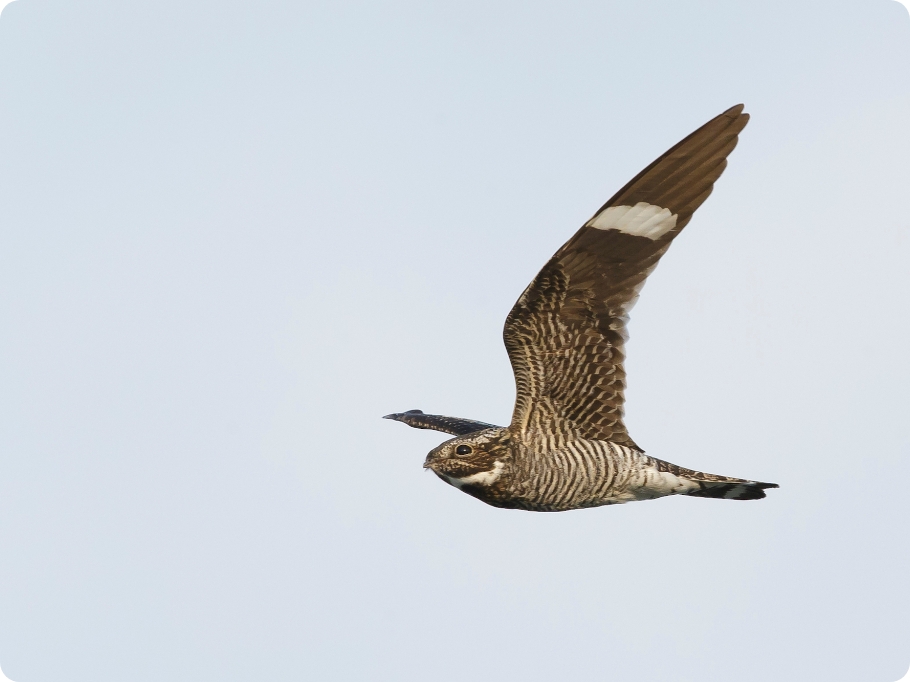
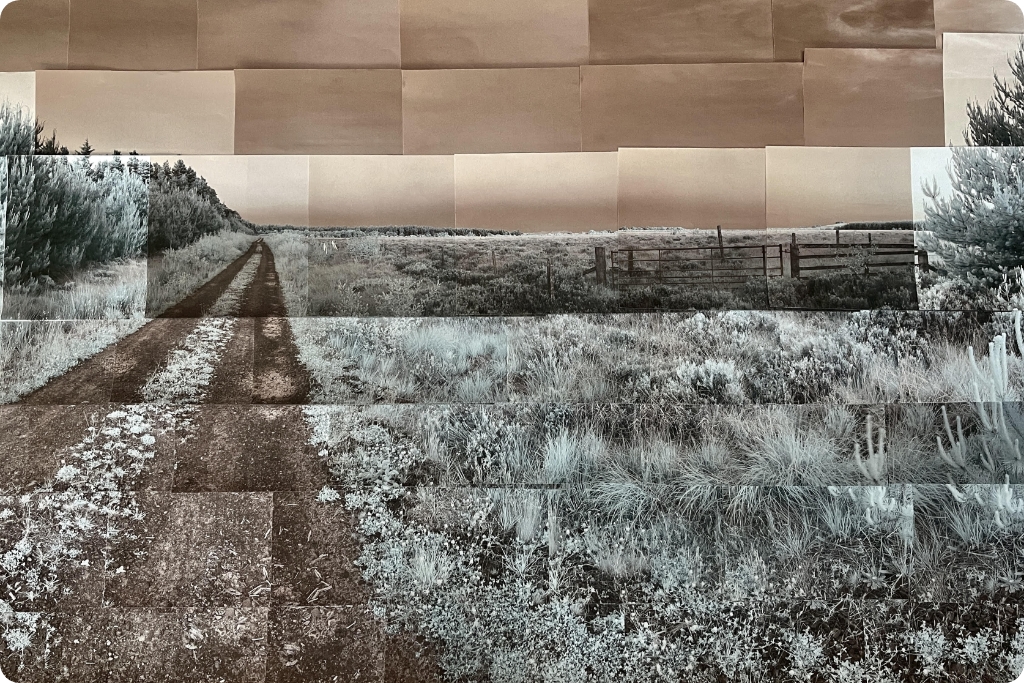
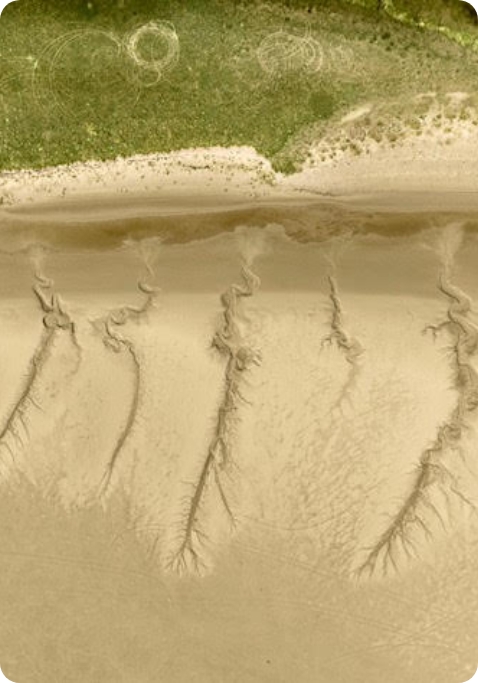
Don’t miss a moment
Join our mailing list to hear about new performances, community projects, and opportunities to get involved
